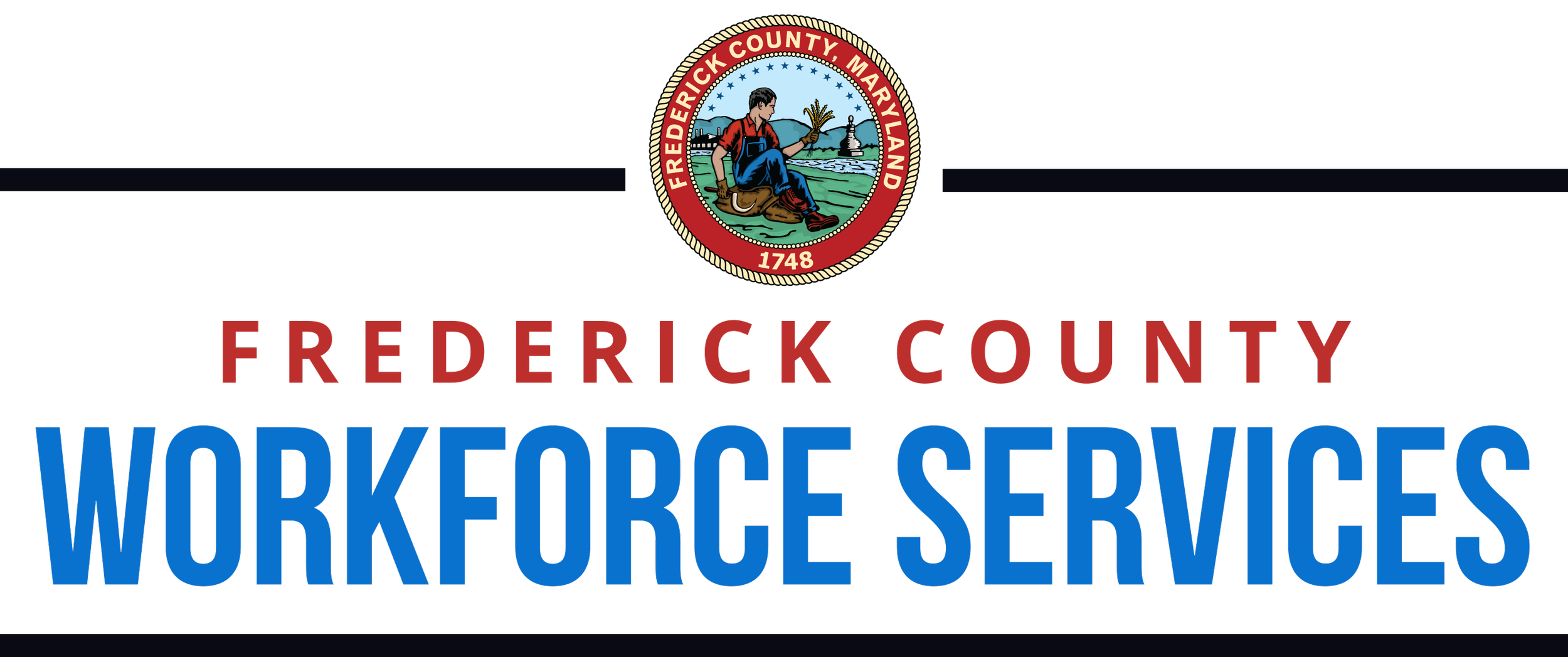How to Navigate Virtual Job Fairs
Question:
I have been seeing more and more listings for virtual job fairs. I want to attend but don’t understand how they work?
Answer:
Even though a virtual job fair sounds more complex, it's essentially conducted the same way a traditional in-person job fair would be, but in a virtual setting. Virtual job fairs can be hosted by an employer, recruiting agency, or organization that specializes in career services as a way to advertise job openings on an online platform, network with company representatives, and apply to job opportunities.
Although virtual job fairs seem like a relatively new concept since the pandemic, according to CNBC, CareerBuilder has been hosting virtual career fairs for college campuses since 2013 and it doesn't seem like this trend is going anywhere. Career experts state that 80% of recruiting will be virtual in the foreseeable future and even after the pandemic. This makes sense, as many companies will want to continue to use online methods to reduce costs, increase engagement with candidates, and reach a wider and diverse audience. So, let's walk through the steps on how to register, prepare, participate, and follow up for a virtual job fair.
Registration:
The registration process is similar to a traditional career fair where you will potentially have to fill out an online application and/or upload your resume prior to the event. But before doing so, make sure it's an event that is worth your time. Most of the time, you will be able to view a list of participating employers and job openings for each company.
Preparation:
Develop a list of companies and job openings you are interested in. Just like face-to-face job fairs, do your research by previewing employer mission statements and by learning about the projects and/or programs they focus on. Look for the “pain points” and determine how you can add value to the company. This is also a good time to list questions you might have about the company. You can create sticky notes (virtual or physical) to post around your computer as a reference if you’re particularly interested in a specific employer.
Have the right space. Create a designated space where you have a professional or clean background, are not distracted by noise, and have proper lighting.
Project a professional image. While not all job fairs require the use of a camera, some might. In a time where face-to-face interaction may be limited, some job fairs might encourage or require you to be camera-ready. Again, make sure your background is clean and appropriate. If you're camera shy, try uploading a professional headshot or appropriate picture to use as your icon.
Be computer and internet ready. Test your internet speed/connectivity by typing “free internet connection” in Google Search and a speed test will appear, as well as links to others. If you have been having trouble connecting, then it's time to clean up your web browser. You don’t want to continue to have poor connectivity and drop out from the event. This can interrupt the engagement you were having with the representative and/or you might miss getting important information.
Participation:
At the time of the event, you will use the log-in information given when you registered. You’ll then have the opportunity to tour (aka click) on employer booths to see what positions are available (if not listed before), learn about the company, and (hopefully) engage with the representatives to discuss openings, ask questions or simply network. This is where your preparation will help you stand out from other candidates. Before leaving, see if you can get some contact information from the representative and ask if there are any next steps you will need to complete after the job fair.
Follow Up:
Using the information that you gathered at the event, follow up with next steps as suggested by the representative. If none were given, take advantage of your networking experience by sending them an invite on LinkedIn and writing a personal message that includes how you met and your appreciation for their time in answering your questions. End the message by communicating your interest in working with that company and/or job. This is also a good opportunity to include any information you might have missed at the job fair.
Hopefully, those tips will help you prepare for future virtual job fairs and/or other online recruitment events. If you're interested in how to find upcoming job fairs, make sure you regularly check staffing agency websites, job search websites (Indeed, CareerBuilder, Monster), local workforce development offices, county and state web pages, and membership organizations. Here are two websites that have upcoming virtual job fair opportunities: Maryland Career Consortium and State of Maryland.

